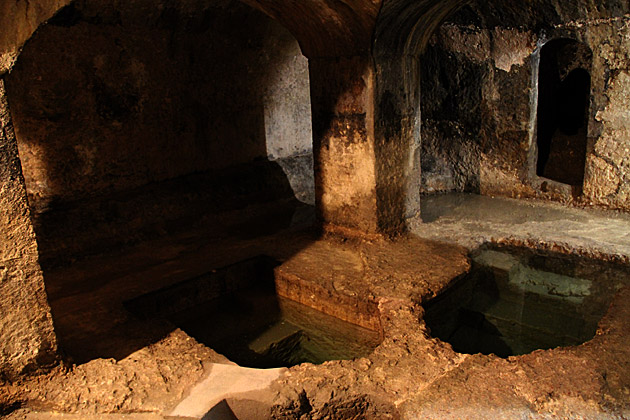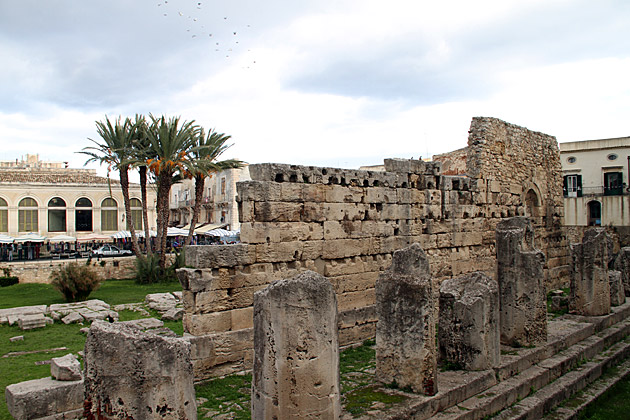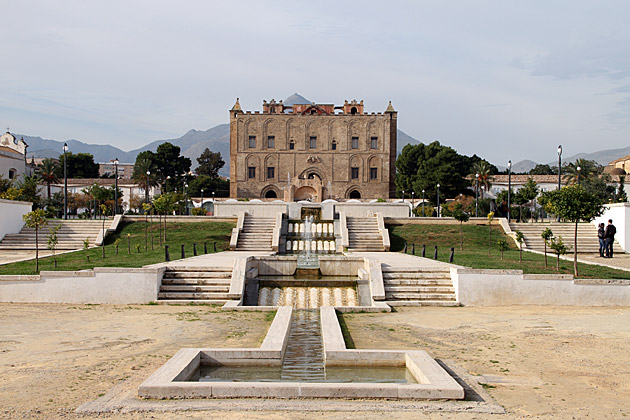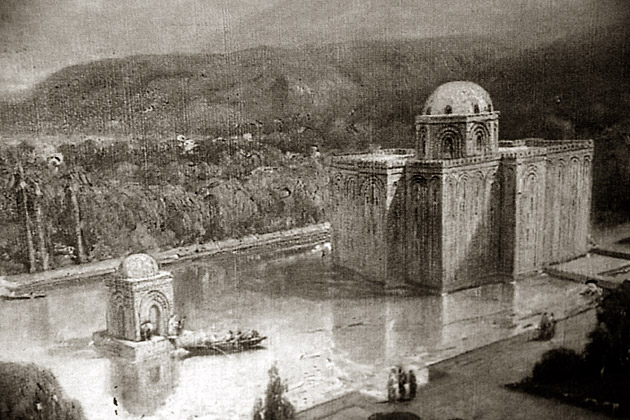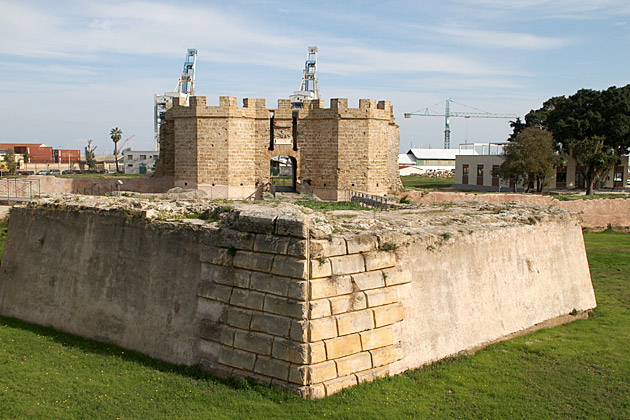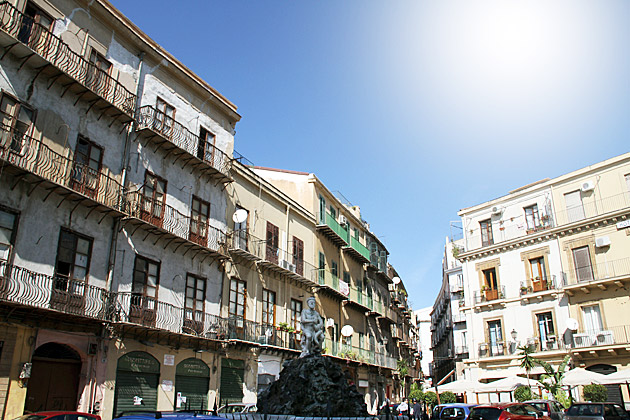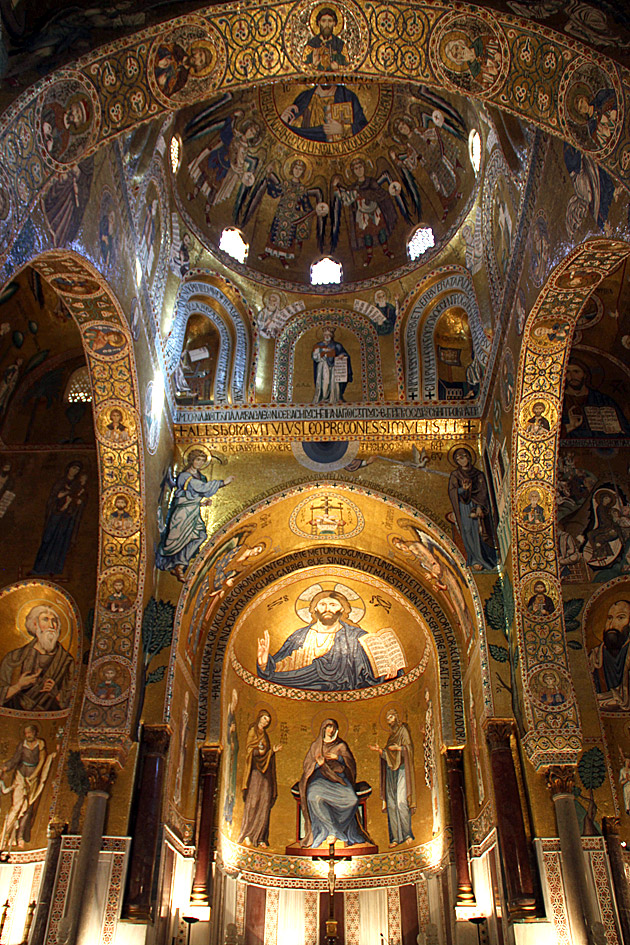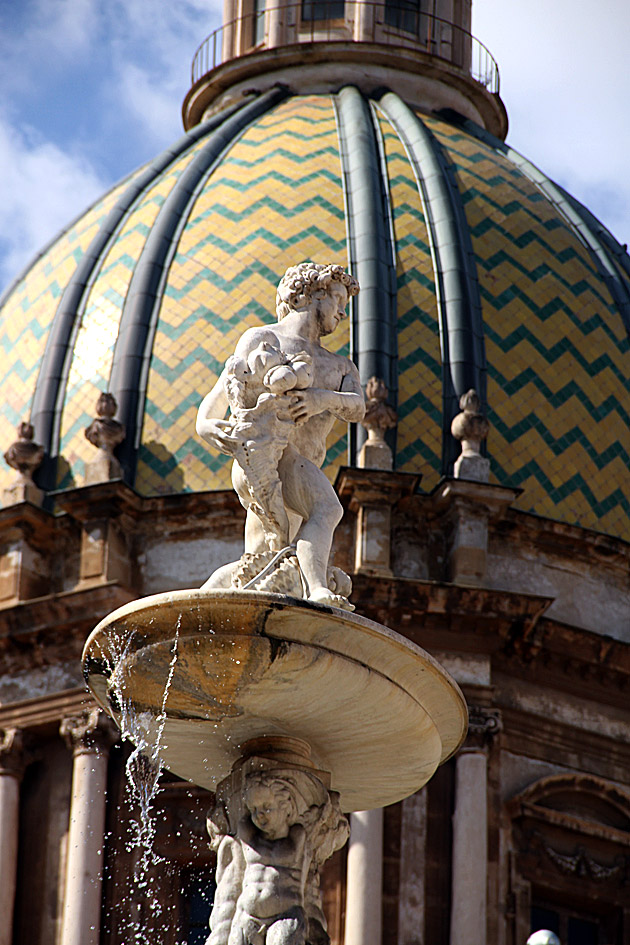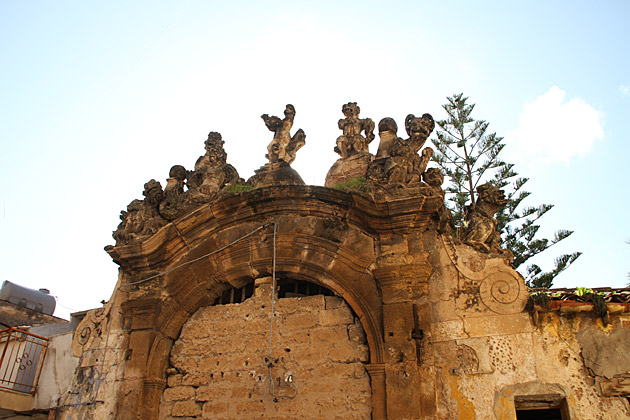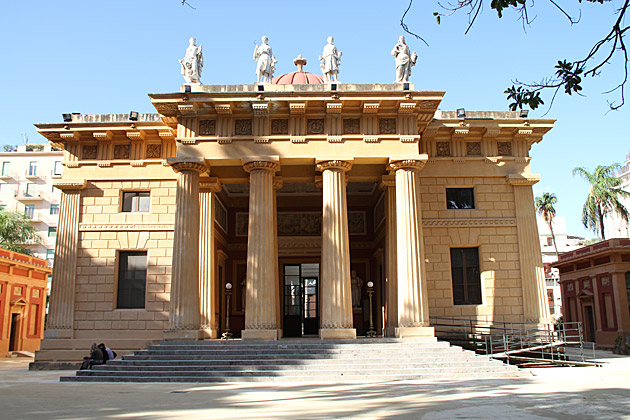The Hebrew Baths of Syracuse
Syracuse had been under the control of the Greeks, the Romans, the Byzantines and the Arabs, but was always home to a healthy Jewish population. As in many of the European cities to which Jews emigrated following the diaspora, the ruling hierarchies were grudgingly tolerant of them and their religion. That is, until the arrival of the Spanish who decreed the total expulsion of Jews from their kingdom, in 1492.
